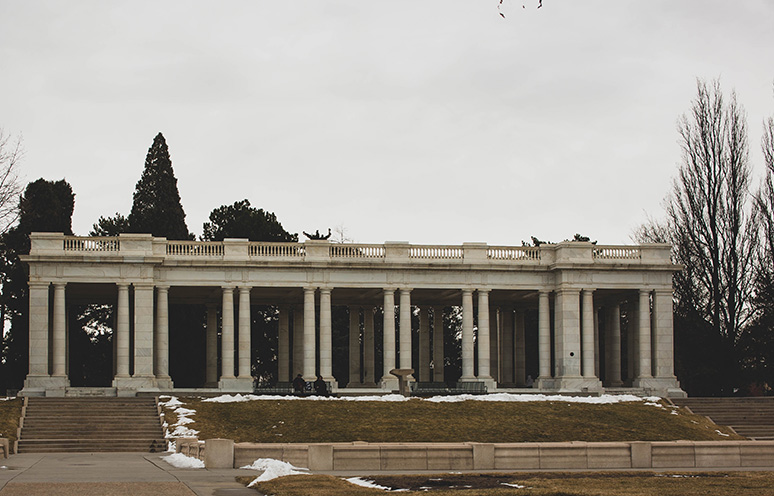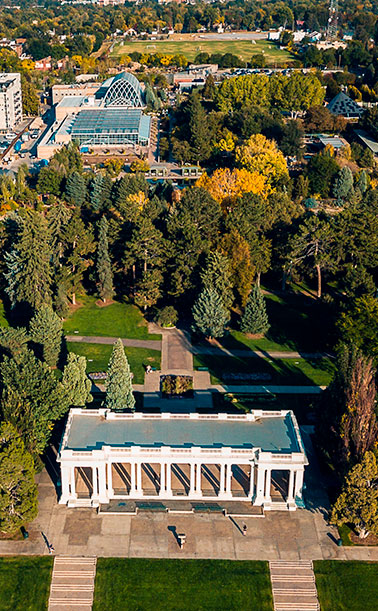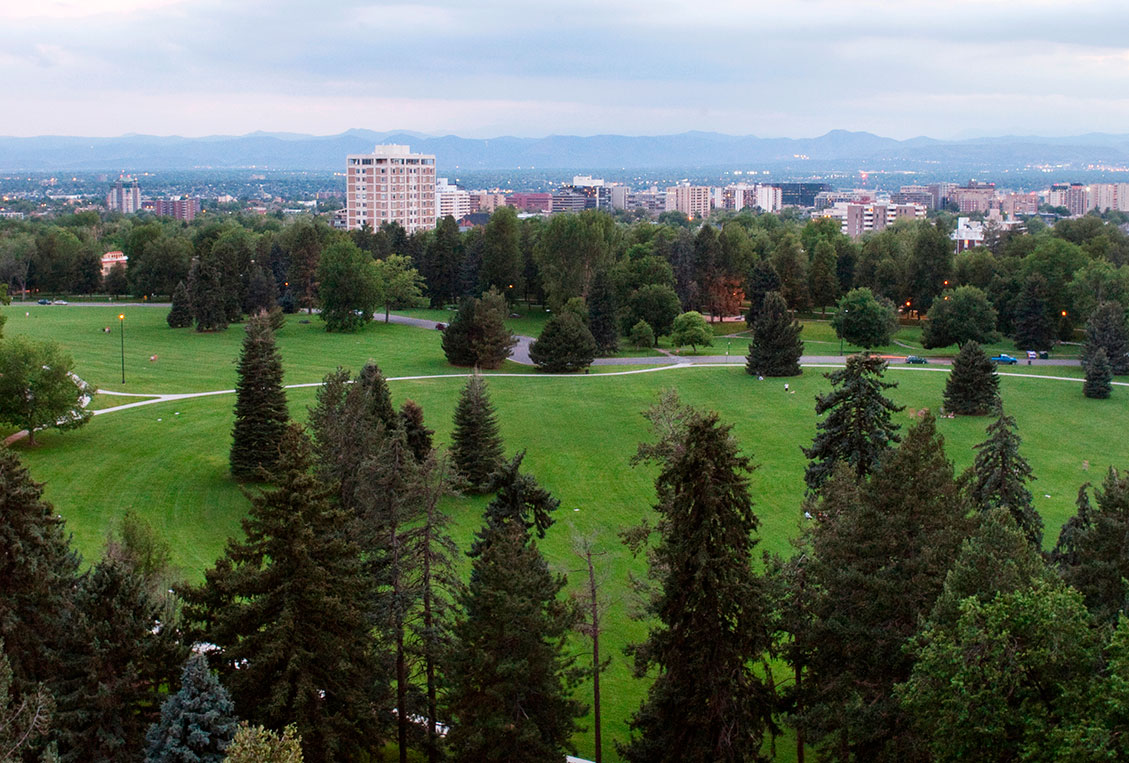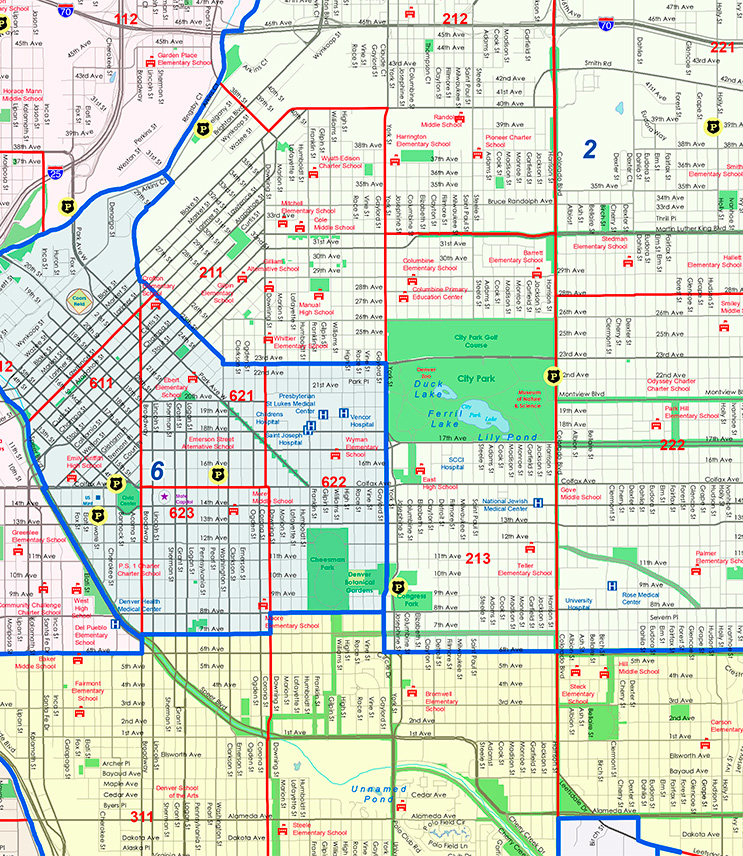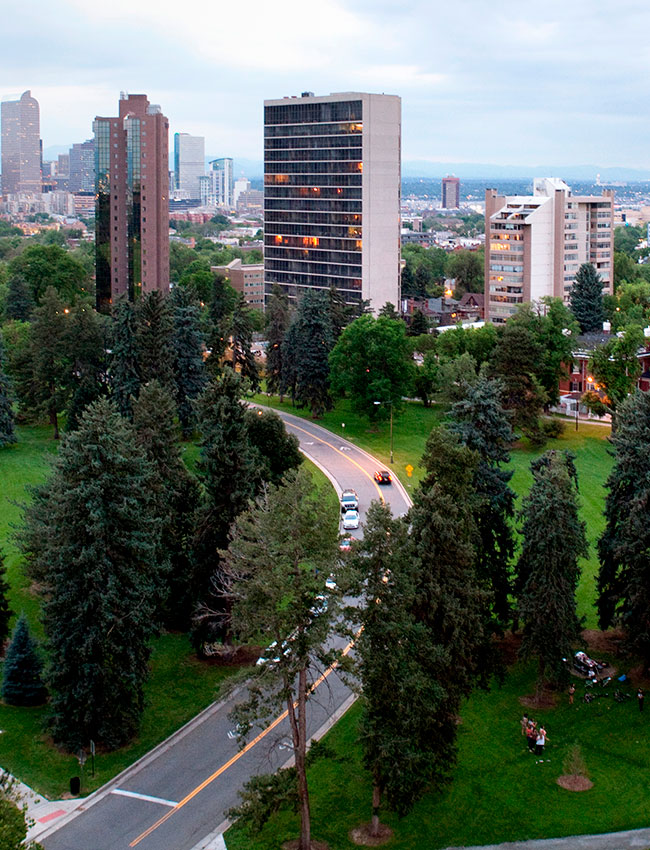
Cheesman Park
Cheeseman Park offers residents a close-by city feel, tons of historical character, and a relaxed suburban feeling. Named for the park within the neighborhood, Cheeseman Park is one of the area’s oldest communities and was developed in the late 1800s by some of Denver’s wealthiest residents. Today, the historical mansions of this area have been turned into charming apartment homes on tree-lined streets. This highly sought-after area has one of the city’s densest populations. The Cheeseman Park neighborhood is bordered by Colfax Avenue to the north, Eighth Avenue to the south, Josephine/York to the east, and Downing Street to the west.
 Cheesman Park Demographics
Cheesman Park Demographics
8,948
Total Population
Denver Population: 706,799
36.9
Median Resident Age
Denver Median Resident Age: 35.5
$49,433
Median Income Per Resident
Denver Median Income Per Resident: $53,437
$67,444
Median Income Per Household
Denver Median Income Per Household: $85,721
$981
Median Rent
Denver Median Rent: $1,143
$446,774
Median Home Value
Denver Median Home Value: $513,621
26%
% homes owner occupied (vs. renter)
Denver % of homes owner occupied (vs. renter): 46.4%
94%
% homes occupied (vs. vacant)
Denver % home occupied (vs. vacant): 94%
 Public Safety
Public Safety
Denver Police District 6
Address: 1566 N Washington St.
Phone:720-913-2800
Community Resource Officers
Denver Police Districts Map
The map above shows the outline of Police Districts 2, 3 & 6 within the boundaries of Denver District 10.
Cheesman Park – Year Home Was Built
Data for Year Home Was Built-Cheesman Park Compared to Denver
| Year Home Was Built | Cheesman Park | Denver |
|---|---|---|
| Before 1939 | 33% | 18% |
| 1940 – 1949 | 4% | 6% |
| 1950 – 1959 | 6% | 14% |
| 1060 – 1969 | 23% | 11% |
| 1970 – 1979 | 16% | 13% |
| 1980 – 1989 | 8% | 8% |
| 1990 – 1999 | 4% | 7% |
| 2000 – 2009 | 1% | 11% |
| 2010 – 2013 | 4% | 13% |
| After 2013 | 0% | 0.3% |
Cheesman Park – Resident Ethnicity
Data for Resident Ethnicity-Cheesman Park Compared to Denver
| Resident Ethnicity | Cheesman Park | Denver |
|---|---|---|
| White | 86.2% | 57.5% |
| Hispanic | 4.6% | 27.4% |
| Black | 3.1% | 7.5% |
| Asian | 1.5% | 3.1% |
| Other | 0.1% | 0.3% |
| Two or more | 4.3% | 3.7% |
Cheesman Park – Resident Education Level
Data for Resident Education Level-Cheesman Park Compared to Denver
| Resident Education | Cheesman Park | Denver |
|---|---|---|
| Bachelor or higher | 74% | 53% |
| Some college | 20% | 22% |
| HS grad or Equiv | 5% | 16% |
| Less than HS | 0.4% | 10% |
Cheesman Park – Resident Age
Data for Resident Age-Cheesman Park Compared to Denver
| Resident Age | Cheesman Park | Denver |
|---|---|---|
| 0 to 9 | 2% | 11% |
| 10 – 19 | 2% | 10% |
| 20 – 29 | 25% | 18% |
| 30 – 39 | 27% | 21% |
| 40 – 49 | 11% | 14% |
| 50 – 59 | 11% | 10% |
| 60 – 69 | 14% | 9% |
| 70 – 79 | 7% | 5% |
| 80+ | 2% | 3% |
 Registered Neighborhood Organizations
Registered Neighborhood Organizations
Capitol Hill United Neighborhoods, Inc.
Website: https://chundenver.org/
President:Travis Leiker
Contact Number: 303-830-1651
Email: chun@chundenver.org
Cheesman Park West Association
President: Meredith Michalski
Contact Number: 720-625-2591
Email: meredith@mmdenver.com
East Cheesman Neighbors Association
President: Timothy Hepp
Contact Number: 303-320-8329
Email: thepp1154@comcast.net
Friends & Neighbors for Cheesman Park
President: Jay H. Rust
Contact Number: 720-280-5759
Email: rustkj@aol.com
Neighbors for Greater Capitol Hill
Website: https://www.neighbors4caphill.com/
President: Brad Cameron
Contact Number: 303-832-4282
 Cheesman Park History
Cheesman Park History
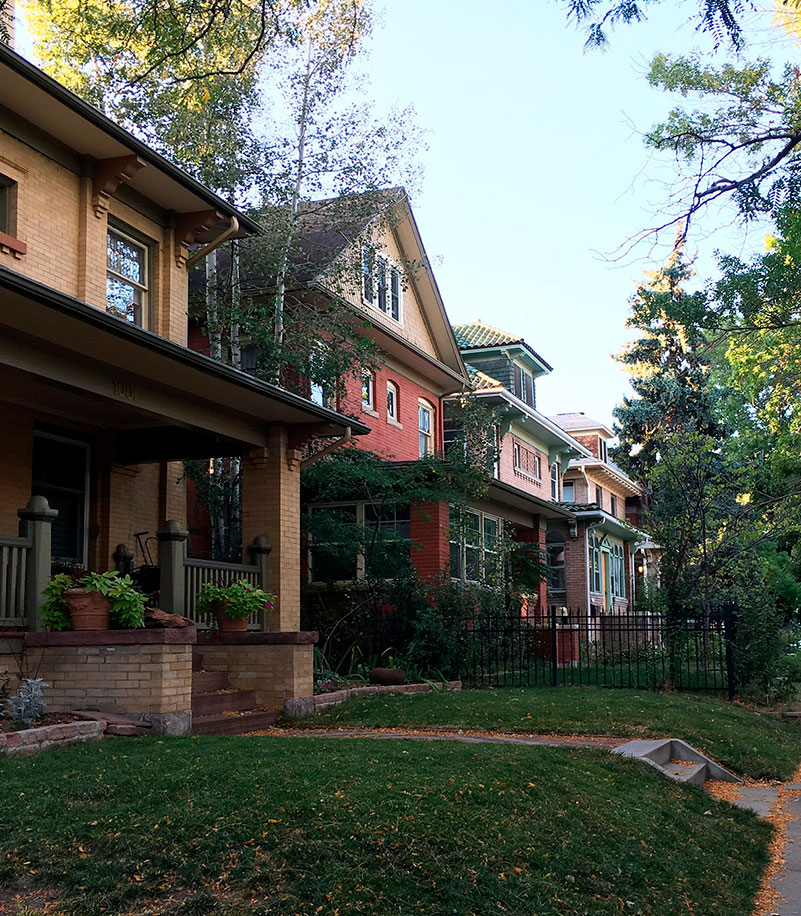
The area is bounded by East Colfax Avenue to the north, York Street to the east, Downing Street to the west and East 8th Avenue to the south. The area primarily began as a collection of cemeteries: City Cemetery, Mt. Calvary Catholic Cemetery and Hebrew Cemetery. As Denver grew out from the city center, what was once a quiet place on the prairie had become prime real estate. Some of Denver’s finest architects and architectural firms, such as Lang and Pugh, Jacques Benedict, Burnham and Merril Hoyt, Gove and Walsh, and Fisher and Fisher all left their marks on the built environment of the area.
The architectural styles in this neighborhood are varied, as well. There are sharp contrasts between the intricately decorated Queen Annes erected prior to the Silver Crash of 1893 and the more understated designs that came afterwards. One of the most common types of home is the foursquare, or “Denver Square” which is prevalent and recognized for its consistent simplicity.
There is also an eclectic mix of Revival styles, such as Beaux Arts, Classical, Colonial, Georgian, Mediterranean, French Eclectic, Italianate, Mission, Neoclassical, Renaissance, and Tudor. After the Great Depression, many of the large homes began being used as boarding houses, or were divided into apartments, creating more housing options. There were also a lot of demolitions in the decades that followed.
Though the neighborhood has changed over the years, several notable historic structures remain. One of the most iconic is the Cheesman Park Memorial Pavilion. Built during Mayor Robert Speer’s City Beautiful initiative, wealthy citizens, like Alice Cheesman and her daughter Gladys, donated funds to erect public memorials to improve the aesthetics of the city. In honor of Alice’s late husband, Walter Scott Cheesman, the pavilion was built in 1909 at a cost of $100,000 using Colorado Yule marble. Another prominent landmark is the Boettcher Memorial Conservatory at the Denver Botanic Gardens, which was built in 1966. Its international award-winning design consisted of faceted plexiglass and was designed by architects Victor Hornbein and Edward White with a $600,000 grant from the Boettcher Foundation.
Of all the grand homes that line Cheesman Park, the Stoiber-Reed-Humphries Mansion, at 1022 Humboldt Street, especially epitomizes the grandeur of the gilded age. It was built in the Renaissance Revival style in 1907 for Edward and Lena Stoiber. Edward died from typhoid before the house was finished and Lena’s second husband, Hugh Rood, died on the maiden voyage of the Titanic. In the years that followed other notable Denver citizens owned the property, like real estate, mining and oil magnate Verner Reed and his wife Mary, followed by mining executive Albert Humphries and his wife Ruth. Dora Moore Elementary (first named the Corona School) at the edge of the neighborhood, dates to 1889 and was designed by Robert Roeschlaub, Colorado’s first licensed architect, with an addition by Burnham Hoyt. The First Unitarian Society at 14th & Lafayette was the first Denver landmark designated for its association with the LGBTQ movement.
The Cheesman Park Neighborhood is also home to Morgan’s Subdivision Historic District, Humboldt Island Historic District, and the Wyman Historic District.
This content was prepared by local non-profit Historic Denver, Inc., with excerpts from the organization’s Historic Denver Guides series and other research. Historic Denver was founded in 1970 and provides technical assistance to owners of historic properties, conducts research, advocates for preservation, and owns and operates District 10’s own Molly Brown House Museum at 1340 Pennsylvania. For more information, or to get answers to your historic home questions, visit www.historicdenver.org.
Read more about Cheesman Park history
The Historic Cheesman Park Neighborhood is home to grand mansions, craftsman bungalows, turn-of-the-century apartment houses, and mid-century high-rise condominiums.
